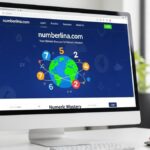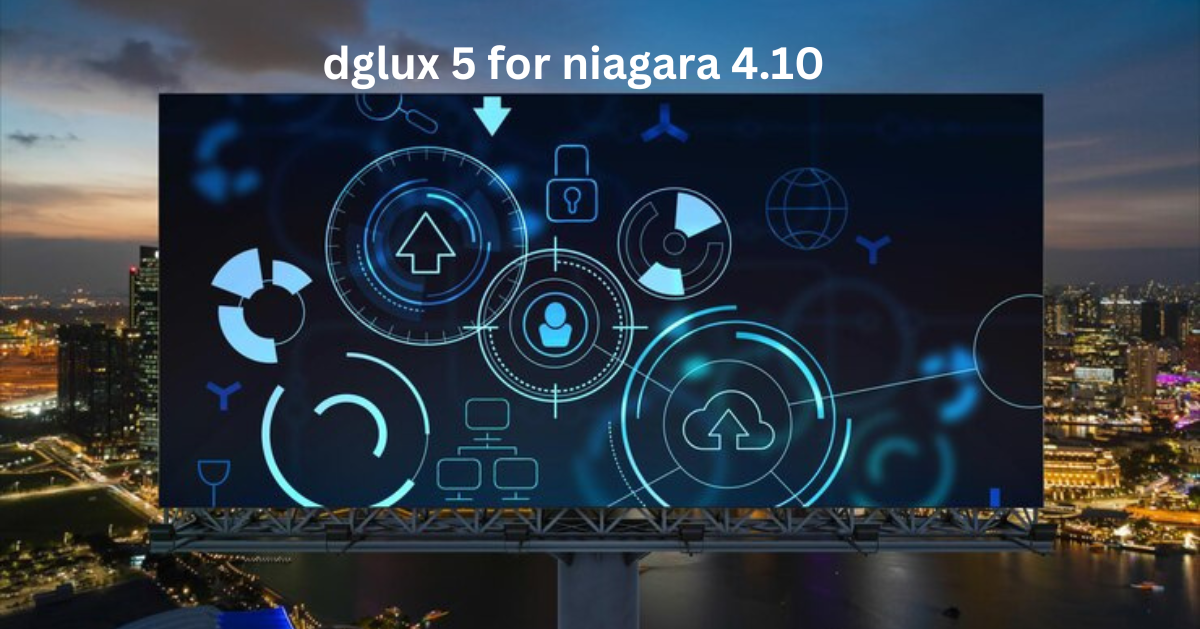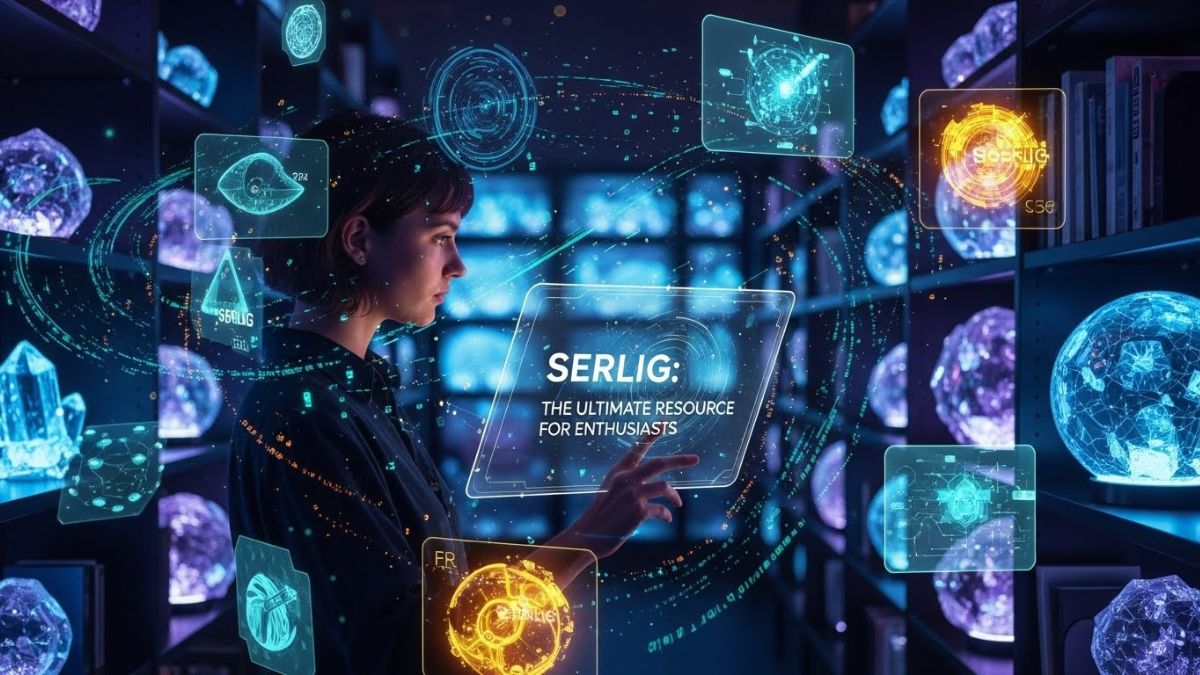DGLux 5, a powerful and versatile data visualization tool, integrates with the Niagara 4.10 framework to enable seamless building automation, energy management, and IoT system visualization. This article will explore DGLux 5 for Niagara 4.10, covering its key features, benefits, and practical applications.
What is DGLux 5?
DGLux 5 is a cutting-edge software tool designed for data visualization and dashboard creation. It enables users to design interactive and user-friendly dashboards, making it ideal for monitoring systems like building automation and industrial IoT. With a focus on intuitive visual analytics, DGLux 5 helps users interpret complex data through a variety of visuals, like charts, gauges, and maps, that provide real-time insights.
Understanding Niagara 4.10 Framework
Niagara 4.10 is a powerful framework used for connecting, controlling, and analyzing building and operational data. It allows various systems and devices to communicate effectively, creating an interconnected network within a building. With Niagara 4.10, users can gather data from HVAC, lighting, and security systems into one central platform. DGLux 5 for Niagara 4.10 creates a powerful combination, enhancing visualization capabilities and enabling real-time monitoring.
Key Features of DGLux 5 for Niagara 4.10
DGLux 5 extends Niagara’s capabilities with sophisticated visualization options. Here are some essential features that make this integration a top choice:
Drag-and-Drop Interface
DGLux 5 has an intuitive drag-and-drop interface, allowing users to create dashboards without advanced coding knowledge. This feature is particularly useful for users who want to create complex visualizations quickly.
Real-Time Data Integration
Real-time data is essential for building automation, and DGLux 5 excels here by updating information continuously. This ensures that users always have access to the latest data, crucial for decision-making.
Customizable Widgets
Users can personalize widgets to display data in unique ways, using features such as charts, maps, and gauges. The flexibility of widget customization makes it easy to create interfaces that suit specific needs.
Responsive Design
DGLux 5 supports responsive design, meaning that dashboards are accessible on any device. This accessibility enables users to monitor data from tablets, smartphones, or desktop computers.
Data-Driven Alerts
With DGLux 5, users can set up alerts based on data thresholds. If certain conditions are met, the system can notify users through visual cues or notifications, making it easier to respond to potential issues promptly.
Benefits of Using DGLux 5 with Niagara 4.10
DGLux 5 combined with Niagara 4.10 offers numerous advantages for building management and operational efficiency. Let’s explore some of the primary benefits:
Enhanced Data Visibility
The dashboards created with DGLux 5 make data accessible and understandable. This enhanced visibility is valuable for building managers and operators who need to interpret trends and anomalies quickly.
Improved Decision-Making
Real-time data and comprehensive visualizations help users make informed decisions. By understanding real-time conditions, operators can take preemptive actions to maintain optimal system performance.
Energy Efficiency
DGLux 5 enables users to identify areas for energy-saving within their building systems. Monitoring energy consumption in real-time helps in reducing waste and costs.
Increased Productivity
The intuitive interface and automated features of DGLux 5 minimize the time spent on manual monitoring and troubleshooting, allowing staff to focus on more critical tasks.
How DGLux 5 Enhances Building Automation
DGLux 5 has proven highly effective in the realm of building automation. By bringing all building systems—such as HVAC, lighting, and security—into a unified view, it simplifies operations. Users can analyze and control all aspects of the building from a single dashboard, offering a holistic approach to facility management.
User-Friendly Interface and Customization
DGLux 5’s drag-and-drop builder is one of its defining features, making dashboard creation accessible to users with varying levels of technical expertise. Customization options mean each dashboard can be tailored to specific needs, improving both functionality and user experience.
Applications of DGLux 5 for Niagara 4.10
Energy Management
DGLux 5 assists in monitoring and optimizing energy consumption, which is beneficial for organizations looking to reduce costs and meet sustainability goals.
Smart Buildings
With IoT and smart technology integration, DGLux 5 supports the operation of smart buildings by centralizing data from various devices and sensors. This is crucial for efficient energy use and space management.
Security and Surveillance
DGLux 5 enables visualization of security data, allowing users to monitor cameras, alarms, and other security systems. This centralized approach aids in responding to security threats promptly.
Industrial IoT
In manufacturing and industrial settings, DGLux 5 visualizes data from machinery and equipment, helping to track performance and identify maintenance needs.
Real-World Examples of DGLux 5 for Niagara 4.10 Integration
Many companies have successfully implemented DGLux 5 with Niagara 4.10 to enhance building and facility management. These real-world applications highlight the versatility of the integration:
University Campuses: DGLux 5 is used to monitor energy and resource usage, making it easier to manage multiple buildings and optimize utilities.
Corporate Offices: Businesses use DGLux 5 to control heating, cooling, and lighting, which enhances comfort and reduces costs.
Hospitals: Real-time data visualization helps healthcare facilities ensure their environments are safe, comfortable, and energy-efficient.
Security and Privacy Considerations
When using DGLux 5 with Niagara 4.10, it’s essential to address security and privacy concerns. By implementing robust data encryption, user authentication, and access controls, users can ensure that their data remains safe. With security breaches being a significant concern in building automation, prioritizing these measures is essential.
Steps to Get Started with DGLux 5 for Niagara 4.10
Install the Software
DGLux 5 requires installation on a server compatible with Niagara 4.10. Proper installation ensures the software functions efficiently.
Familiarize with the Interface
Spending time learning the DGLux 5 interface is crucial. This process will make it easier to utilize its tools and features to their fullest potential.
Set Up Data Sources
DGLux 5 can connect to various data sources within the Niagara framework. Ensure each source is correctly set up to display accurate data.
Design the Dashboard
Using the drag-and-drop interface, users can create customized dashboards that meet their specific needs.
Common Challenges in Using DGLux 5 for Niagara 4.10
While DGLux 5 is user-friendly, some users encounter challenges when integrating with Niagara 4.10. Common issues include data source compatibility, configuration difficulties, and limited user training. To overcome these issues, companies should provide training and support, ensuring their staff fully understands the software.
Future Trends and Developments in Building Automation
With the rise of IoT and AI, the demand for data visualization tools like DGLux 5 is expected to grow. Future trends will likely include more AI-driven analytics and enhanced automation. This will lead to even more efficient, sustainable, and responsive buildings.
Conclusion
DGLux 5 for Niagara 4.10 represents a powerful combination for anyone involved in building automation and energy management. With its user-friendly interface, real-time data integration, and responsive design, DGLux 5 makes it easier to visualize and act upon complex data. Whether you’re managing a corporate office, hospital, or educational campus, this tool can enhance efficiency, reduce costs, and improve decision-making.
FAQs
What systems can DGLux 5 visualize with Niagara 4.10?
DGLux 5 can visualize HVAC, lighting, energy, security, and other building systems within the Niagara 4.10 framework.
Is DGLux 5 compatible with mobile devices?
Yes, DGLux 5 supports responsive design, making dashboards accessible on various devices.
Does DGLux 5 require programming skills?
No, DGLux 5 uses a drag-and-drop interface that allows users to build dashboards without coding knowledge.
How does DGLux 5 contribute to energy savings?
By providing real-time data, DGLux 5 helps users identify inefficiencies, allowing for timely adjustments to reduce energy consumption.
Is it secure to use DGLux 5 with Niagara 4.10?
Yes, with proper encryption and access controls, DGLux 5 can be safely integrated with Niagara 4.10.











